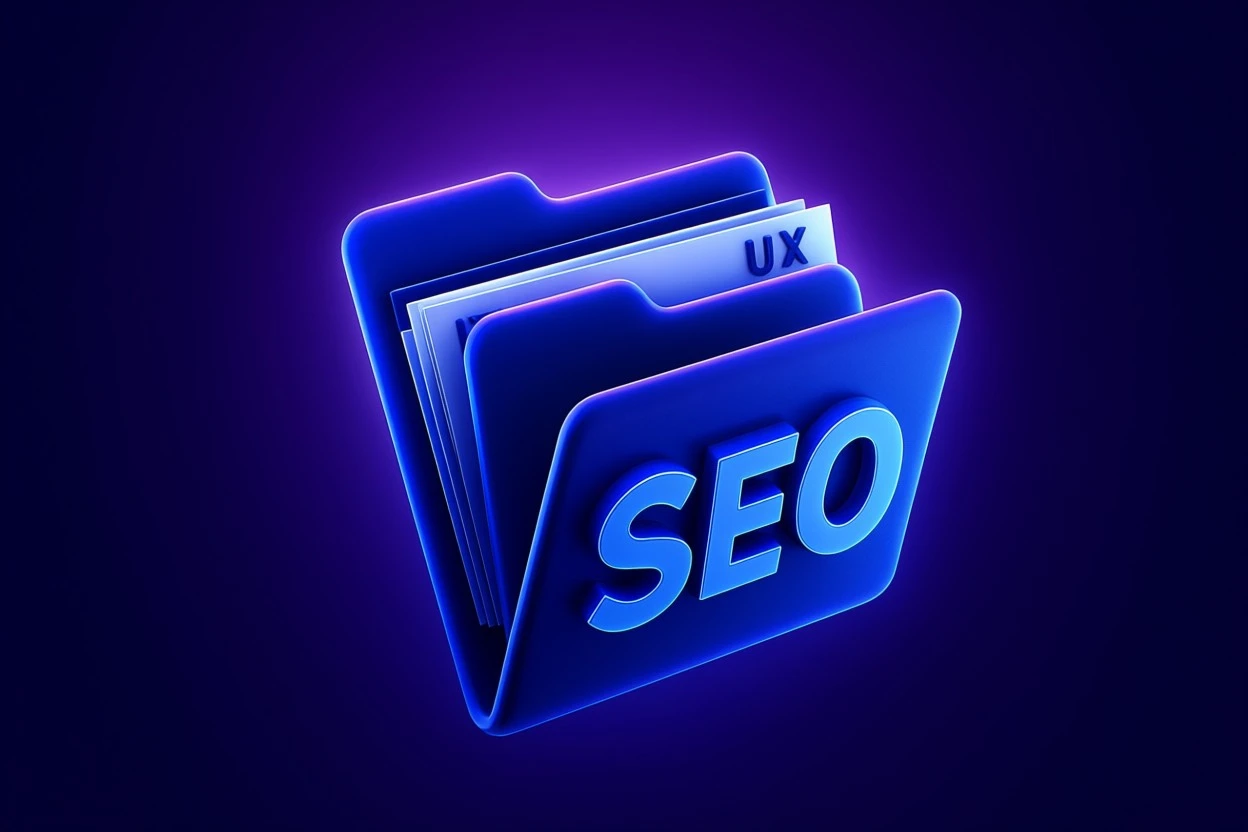"Marketing? Not my department." — every developer ever (until their startup vanishes from Google).
Technical SEO is often seen as something marketers mumble about during meetings while developers roll their eyes and go back to fixing bugs. But here’s the thing: for SaaS platforms, technical SEO is the difference between discoverability and digital oblivion.
What Is Technical SEO?
Technical SEO refers to all the optimizations that help search engines crawl and index your site more effectively. It doesn’t care about your witty copy. It’s all about:
- Clean code
- Fast load times
- Proper structure (hello, sitemap.xml)
- Logical internal linking
- Mobile responsiveness
- Canonical tags
In SaaS, where competition is brutal and SEO is one of the few free acquisition channels, this stuff matters—a lot.
Why SaaS Developers Should Care
Because your platform's code directly affects how visible it is. A poorly structured frontend, misconfigured robots.txt, or infinite scroll disaster can tank organic traffic. And guess what? That traffic might have converted into trial users.
Plus, technical SEO is often cheaper and longer-lasting than PPC. Fixing your site architecture today might keep paying off months from now.
Key Technical SEO Priorities for SaaS Platforms
1. Core Web Vitals
Google’s ranking algorithm now considers things like load time (LCP), interactivity (FID), and layout shifts (CLS). These aren’t just UX issues—they’re ranking signals.
Pro tip: Use PageSpeed Insights and Lighthouse.
2. Crawlability and Indexing
If Googlebot can’t read your SaaS platform, it doesn’t exist. Make sure to:
- Create a robots.txt that actually helps, not hinders
- Submit a sitemap.xml to Google Search Console
- Avoid JS-rendered pages with zero fallback content
3. Site Architecture & Internal Linking
A flat, logical hierarchy helps both users and crawlers. Important SaaS pages (like features, pricing, and integrations) should never be more than 3 clicks away.
Add contextual internal links in your blogs to these pages. Like this: Laravel Web Development Services.
4. URL Structure
Keep URLs human-readable and keyword-rich. /features/email-automation > /product?id=2987.
5. Structured Data (Schema.org)
Use JSON-LD to mark up:
- Product features
- FAQs
- Reviews
- Articles
It boosts rich results and helps Google understand your SaaS content better.
6. Canonicalization & Duplicate Control
Use canonical tags to avoid duplicate content issues—especially with blog tags, filters, or UTM-heavy links.
It’s a Team Sport (Yes, Even for Devs)
You don’t need to be an SEO guru. But if you:
- Use proper heading tags (
<h1> to <h3>, not <div class="big-bold">) - Compress images
- Avoid massive bundle.js files
- Respect the robots.txt
… you’re already doing better than half the industry.
And if your SaaS startup has a content team—support them. Your job isn’t just to write code. It’s to make that code discoverable.
Internal Link Juice
While you’re here, check out:




